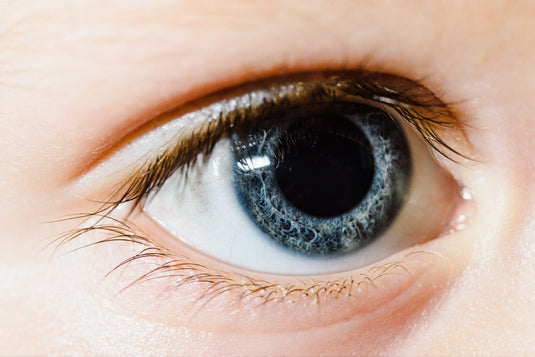Mechanisms, Progression, and Subtype Variability
Bardet-Biedl Syndrome (BBS) is a complex genetic disorder characterized by a wide spectrum of symptoms, including vision impairment leading to retinal degeneration and eventual blindness. Understanding the mechanisms and patterns of vision loss in BBS is crucial for tailored interventions and management strategies.
Vision loss in BBS primarily stems from progressive retinal degeneration affecting the photoreceptor cells in the retina. The ciliary dysfunction resulting from genetic mutations disrupts essential cellular signaling pathways, impacting retinal function. Impaired ciliary function affects photoreceptor maintenance, cellular transport, and signal transduction processes crucial for visual perception, ultimately leading to the degeneration of retinal cells.
x genetic disorder that affects multiple systems of the body. This condition is characterized by a range of symptoms, including vision problems, obesity, kidney abnormalities, polydactyly (extra fingers or toes), and intellectual disabilities.
Severity and Progression of Vision Impairment
The severity and progression of vision loss in BBS vary among affected individuals. Early symptoms often include night blindness and decreased peripheral vision, which gradually progress to tunnel vision and, in severe cases, complete blindness. The rate of progression can differ, with some individuals experiencing a slower decline in vision compared to others.
As the condition advances, affected individuals may experience a substantial loss of visual acuity, constriction of visual fields, and challenges with color discrimination. The progression of vision loss can significantly impact daily activities and independence, requiring adaptations in lifestyle and the use of assistive devices.
BBS comprises multiple genetic subtypes caused by mutations in different genes.
Each subtype may exhibit distinct patterns and rates of vision loss, adding to the variability in clinical presentations.
-
BBS1 and BBS10:
Individuals with mutations in BBS1 or BBS10 genes may present with an earlier onset of vision problems and a more rapid progression of retinal degeneration compared to other BBS subtypes.
-
BBS2 and BBS5:
Mutations in BBS2 and BBS5 genes may show a slower progression of vision loss, with some individuals retaining better visual function for a more extended period.
-
Other Subtypes:
Less common subtypes of BBS may present with variable age of onset, rates of progression, and specific patterns of visual deficits, contributing to the complexity of vision impairment in BBS.
Research Challenges and Therapeutic Prospects
Understanding the heterogeneity of vision loss among BBS subtypes poses a challenge in developing targeted interventions. Research efforts focus on unraveling the specific mechanisms associated with each subtype’s vision impairment, identifying biomarkers, and exploring novel therapeutic strategies.
Tailored therapeutic approaches, such as gene therapy targeting specific genetic defects, retinal implants, or other vision restoration techniques, are under investigation. Clinical trials aiming to slow down retinal degeneration and restore visual function in BBS patients are ongoing, providing hope for future treatment options.
Understanding the intricacies of vision loss in Bardet-Biedl Syndrome, including its underlying mechanisms, variability among BBS subtypes, and disease progression, is essential for developing targeted interventions to preserve vision and enhance the quality of life for affected individuals.



